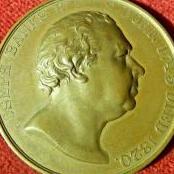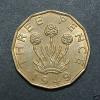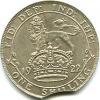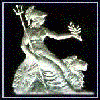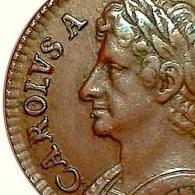I've just read a very interesting article in the March 1991 Coin Monthly about varieties of British Copper pennies and the author speculates, quite intelligently I thought, about the possibility of both an 1858/2 and and 1858/3 existing in parallel. The conventional thinking is that the overstrikes in question are either one or the other, not both - or as far as I can see, not both.
Whilst accepting that the 1858/3 exists, the author also refers to a photograph in the May 1970 Coin Monthly, which I have to admit, I completely overlooked when first reading the 1970 mags. Looking at the May 1970 article in question, which is under "Reader's Rarities" at page 139, a Mr Shirley from Chorlton, Manchester, states: "I have recently acquired an 1858 overstrike penny. The penny is in extremely fine condition with faint traces of lustre and appears to be an unrecorded variety ie: an 1858 over 2 penny.
The article continues - "The Royal Mint verified that this coin is an 1858 penny with the last figure of the date struck over a 2 and in a further letter to T. Shirley, (The Royal Mint) stated:-
"It is true that no copper pennies dated 1852 are known, and numismatists have deduced, reasonably enough, that all the pennies struck in 1852 bore the date 1851. It does not, however, follow from this that dies dates 1852 were never made, and if such unused dies existed it would have been natural to use them up by altering the date. It is also quite possible that an engraver who had punched a 2 by mistake proceeded to punch an 8 on top of it.
Either explanation would fit your coin and one or two similar pieces which we have examined"
The above tends to vindicate Michael Gouby's theory, but the additional existence of an 8/3 is a definite strong possibility.
Unfortunately there wasn't an actual copy of the Royal Mint's letter, as there often is in the old Coin Monthlies.
 Coinpublications.com
Coinpublications.com
